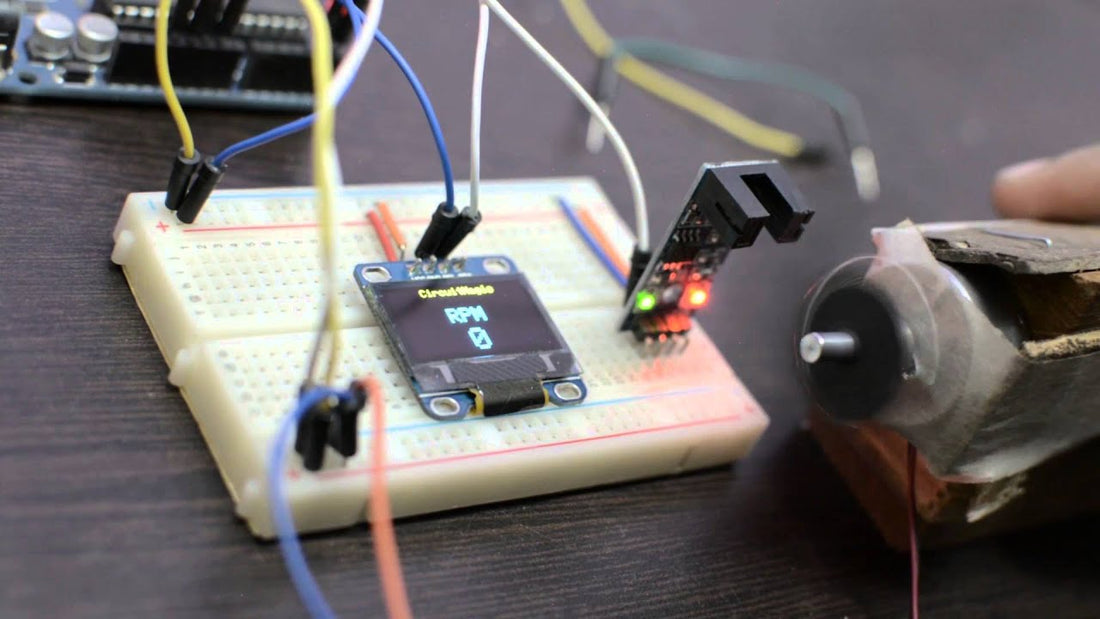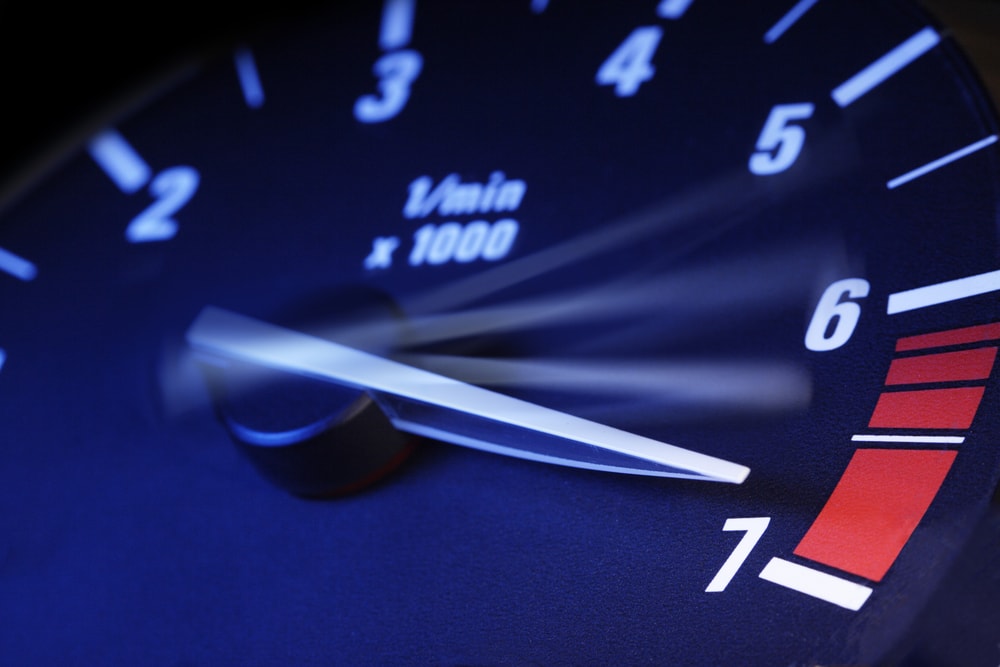
Why is My Tachometer Not Working? Common Issues and Solutions
Share
If you are a tech professional or a car enthusiast, encountering a non-functioning tachometer can be both frustrating and alarming. The tachometer is a crucial instrument in gauging an engine's RPM (revolutions per minute), allowing drivers to ensure they remain within optimal operating ranges. In this article, we delve deep into common reasons behind a malfunctioning tachometer, examining troubleshooting steps and offering practical solutions. Let's uncover the mysteries behind why your tachometer is not working.
First, let's establish the importance of understanding your tachometer. A properly functioning tachometer not only enhances driving experience but also contributes to the overall health of your vehicle's engine. By supplying essential feedback on engine performance, it aids drivers in making informed decisions regarding gear shifts and engine maintenance. But what happens when your tachometer fails to display readings? The urgency to pinpoint the cause of this issue becomes critical.

Understanding the Basics of a Tachometer
Before diving into the reasons why a tachometer may stop working, it's vital to understand how it operates. A tachometer can either be digital or mechanical, relying on different methods to measure engine speed. Digital and Mechanical Tachometers function differently but serve the same essential purpose.
Common Causes of Tachometer Failure
Several factors could cause your tachometer to malfunction, and knowing these can help in efficiently diagnosing the problem. Here are the most common reasons:
1. Electrical Issues
Electrical problems are often the primary culprits behind a dead tachometer. Faulty wiring, corroded connectors, or blown fuses can interrupt the communication between the tachometer and the engine control unit (ECU). Checking the voltage at the tachometer's electrical connectors can help identify any discrepancies. You can also refer to What is a Tachometer Gauge? for more insights.
2. Sensor Malfunction
The tachometer relies on various sensors, like the crankshaft position sensor, to measure RPMs accurately. If any of these sensors fail, it could result in an inaccurate or non-existent reading. Replacing a faulty sensor may often resolve the issue.
3. Loose or Damaged Wiring
Over time, wiring can become loose or damaged due to vibrations or environmental factors. Inspecting the wiring and ensuring all connections are secure can often resolve issues related to a malfunctioning tachometer.
4. Tachometer Calibration Issues
Sometimes the tachometer may simply be out of calibration, providing inaccurate readings instead of failing outright. How to Calibrate Tachometer provides practical steps to reset and calibrate your tachometer.
5. Other Instrument Malfunctions
In some cases, a malfunctioning tachometer could be symptomatic of issues with the instrument panel or other gauges, such as the speedometer. Diagnose the entire system before concluding that the tachometer is the sole issue.
Troubleshooting Steps You Can Take
Now that we have a grasp of potential causes, its time to discuss actionable troubleshooting steps. Follow these to identify and resolve the issue:
Visual Inspection
Start by visually inspecting the dashboard. Look for any warning lights indicating electrical issues, and check for any obvious signs of wear or damage on the tachometer itself.
Check for Electrical Outputs
Using a multimeter, test the voltage at the tachometers electrical connectors. Ensure it aligns with the specifications set by the manufacturer.
Inspect Wiring and Connections
Assess the wiring connected to the tachometer, ensuring there are no loose connections or frayed wires.
Sensor Testing
Test the crankshaft position sensor using an OBD-II scanner or a multimeter. This will help to identify or exclude sensor failure as the root cause.
Calibration
If all checks seem appropriate, consider recalibrating your tachometer as discussed in How to Reset Tachometer.
When to Seek Professional Help
While troubleshooting can solve many common tachometer issues, some problems are best left to professionals. If you are still experiencing issues after performing the steps mentioned above, or if you encounter a more serious electrical problem, seeking assistance from a qualified technician is essential. They will have the advanced diagnostic tools and expertise required to pinpoint and resolve the issue efficiently.
Additional Resources
For further information on how tachometers work, refer to Tachometer Engineering. Understanding the underlying engineering principles can offer valuable insights into troubleshooting methods.
Conclusion
A non-working tachometer can be perplexing, especially for tech enthusiasts who rely on the accuracy of their vehicle's performance metrics. By understanding common causes and implementing troubleshooting steps, you can effectively resolve this issue. It is essential to keep your tachometer operational, as it plays a significant role in maintaining your vehicle's performance.

Frequently Asked Questions
1. Why is my tachometer stuck at zero?
This could indicate a failure in the wiring, sensor, or a blown fuse. Follow the troubleshooting steps listed above to diagnose the issue.
2. Can a faulty tachometer affect vehicle performance?
Yes, a malfunctioning tachometer can lead to improper gear shifts, potentially causing damage to the engine over time.
3. How can I reset my tachometer?
You can reset your tachometer by disconnecting the battery, waiting for a few minutes, and then reconnecting it. For detailed instructions, refer to this resource.
